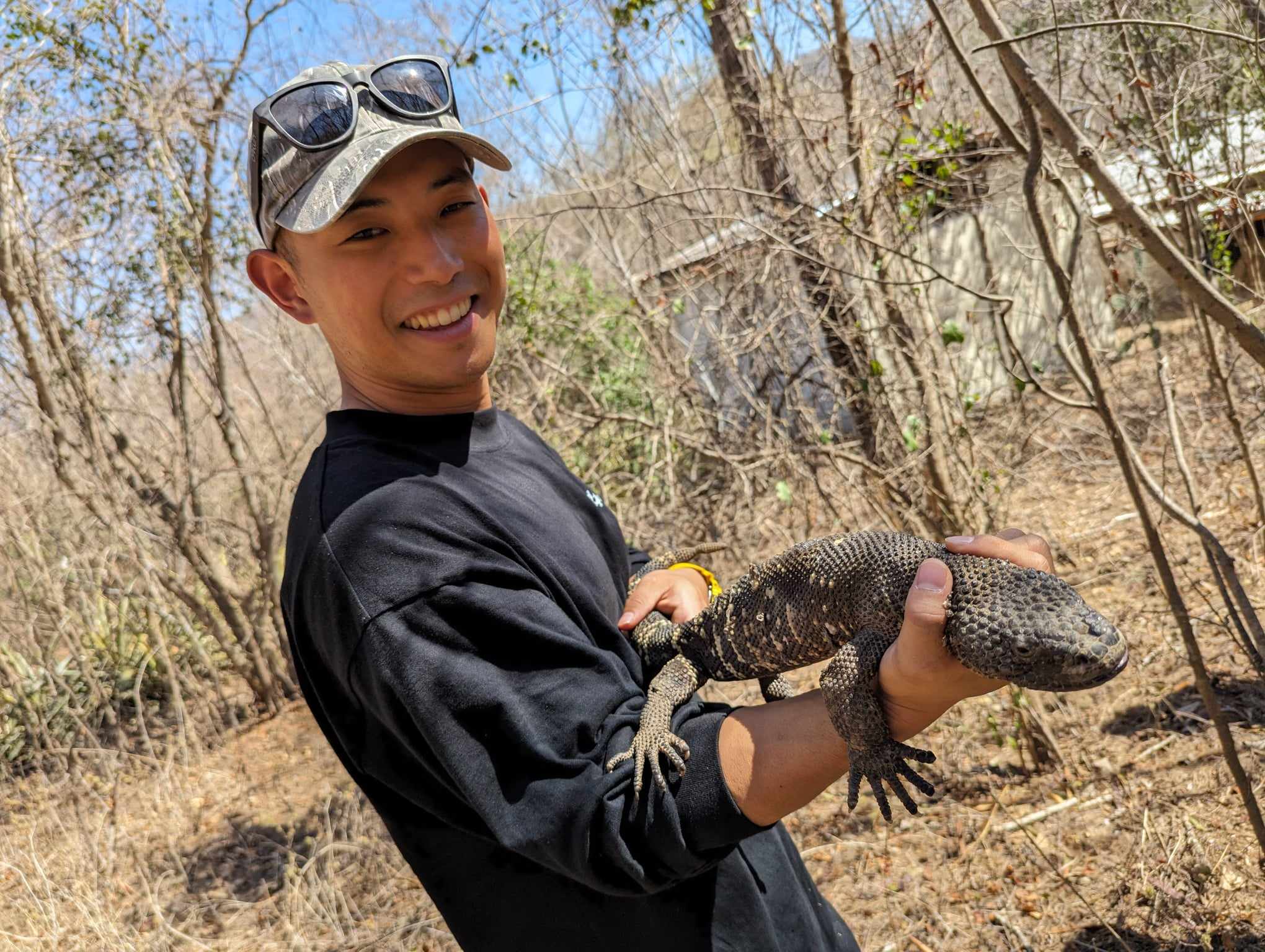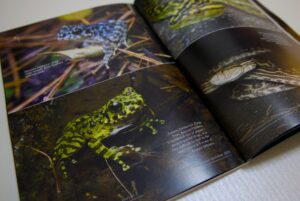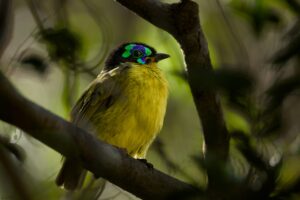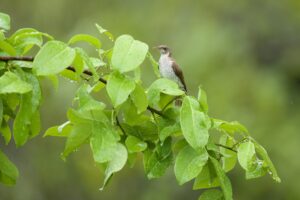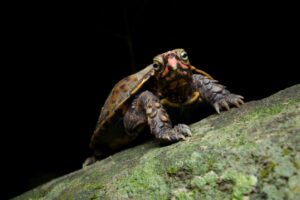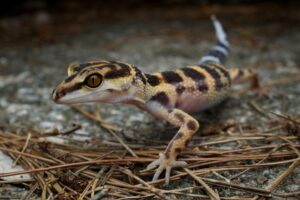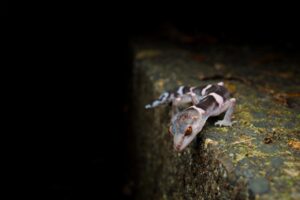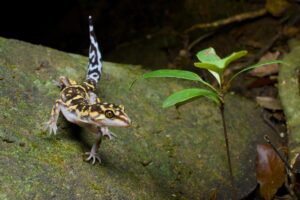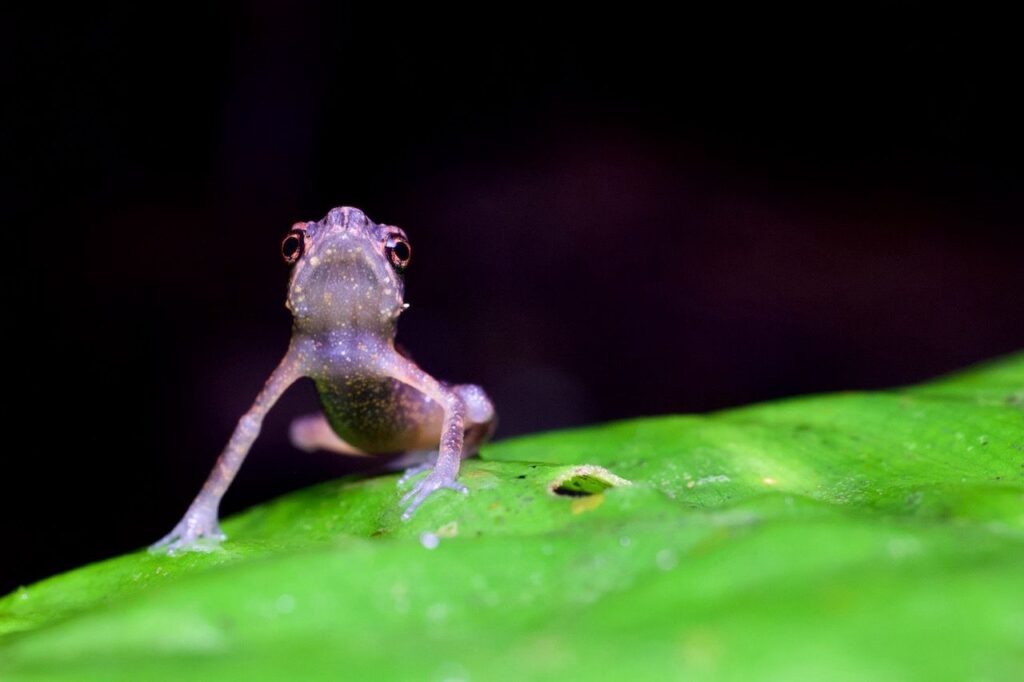
Let me introduce you to World Frog Day, a special day celebrated on March 20 every year.
This day is recognized globally as an opportunity to reflect on the importance of amphibian conservation, especially frogs.
But why is protecting amphibians so crucial?
The Unique Vulnerabilities of Amphibians
Frogs and other amphibians have several biological characteristics that make them highly sensitive to environmental change:<ul> <li>Their eggs lack protective shells and must be laid in water</li> <li>Even as adults, they rely heavily on <strong>skin respiration</strong>, meaning their skin must remain moist</li> <li>They are generally small and lack the ability to fly, resulting in <strong>limited mobility</strong></li> </ul>
Because of these traits, many amphibians are endemic to very small, specific habitats, such as a single forest or lake.
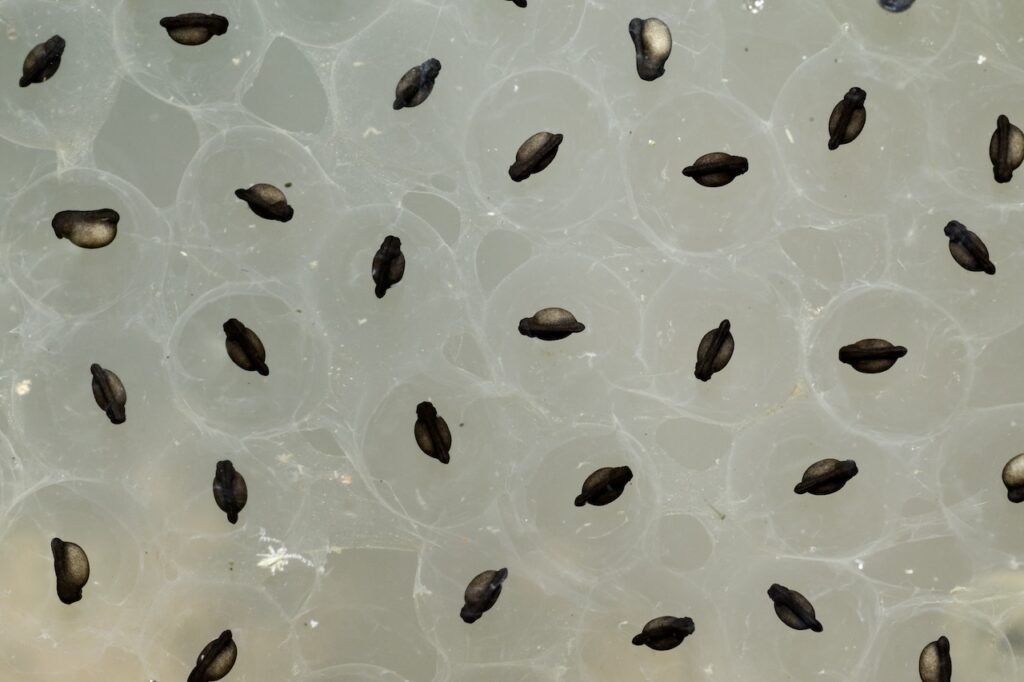
Amphibians and the Risk of Extinction
In recent years, amphibians have faced severe threats due to:
- Climate change
- Deforestation
- Illegal pet trade
Unable to move or adapt quickly to new environments, amphibians are disappearing at an alarming rate.
In fact, they are considered the most endangered group of vertebrates in the world.
The Case of the Axolotl
Recently, I went looking for wild axolotls (Mexican salamanders) in their native habitat.
Unfortunately, I couldn’t find any. Wild populations may already be extinct.
Why?
Because axolotls are found only in one lake in the world, and that lake’s environment has been severely altered by human activity.
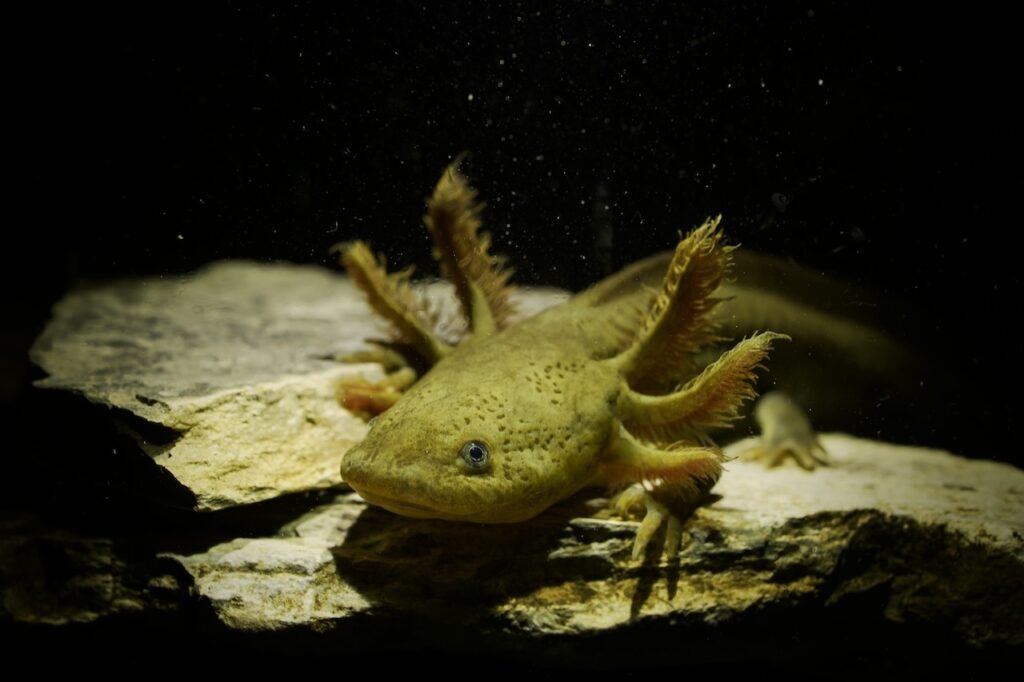
What We Can Do to Protect Amphibians
<strong>① Don’t purchase illegally sourced animals</strong>
Illegal wildlife trade is driven by demand.
<strong>If you truly love frogs, you must never support this trade.</strong><br>
<strong>② Be mindful of environmental issues</strong>
Habitat loss and climate change directly impact amphibians.
By considering how our daily choices affect the environment, we can take the first step toward conservation.<br>
<strong>③ Go herping! (Wildlife observing & field exploration)</strong>
Imagine a frog species that lives only in someone’s backyard.
For the landowner, converting that area into a banana plantation might be more profitable.
But if people visit for eco-tourism or herping, and are willing to pay an entry fee or support local conservation,
that frog’s habitat might just be preserved instead.
In Conclusion: Listen to the Voices of Frogs
Amphibians are often referred to as “environmental barometers”, reflecting the health of ecosystems.
Let World Frog Day be your opportunity to pause and reflect on nature’s delicate balance.
May today be a small but meaningful step toward a better future for frogs—and for our planet.
What are your ideas on how we can protect amphibians? Share your thoughts in the comments below!

